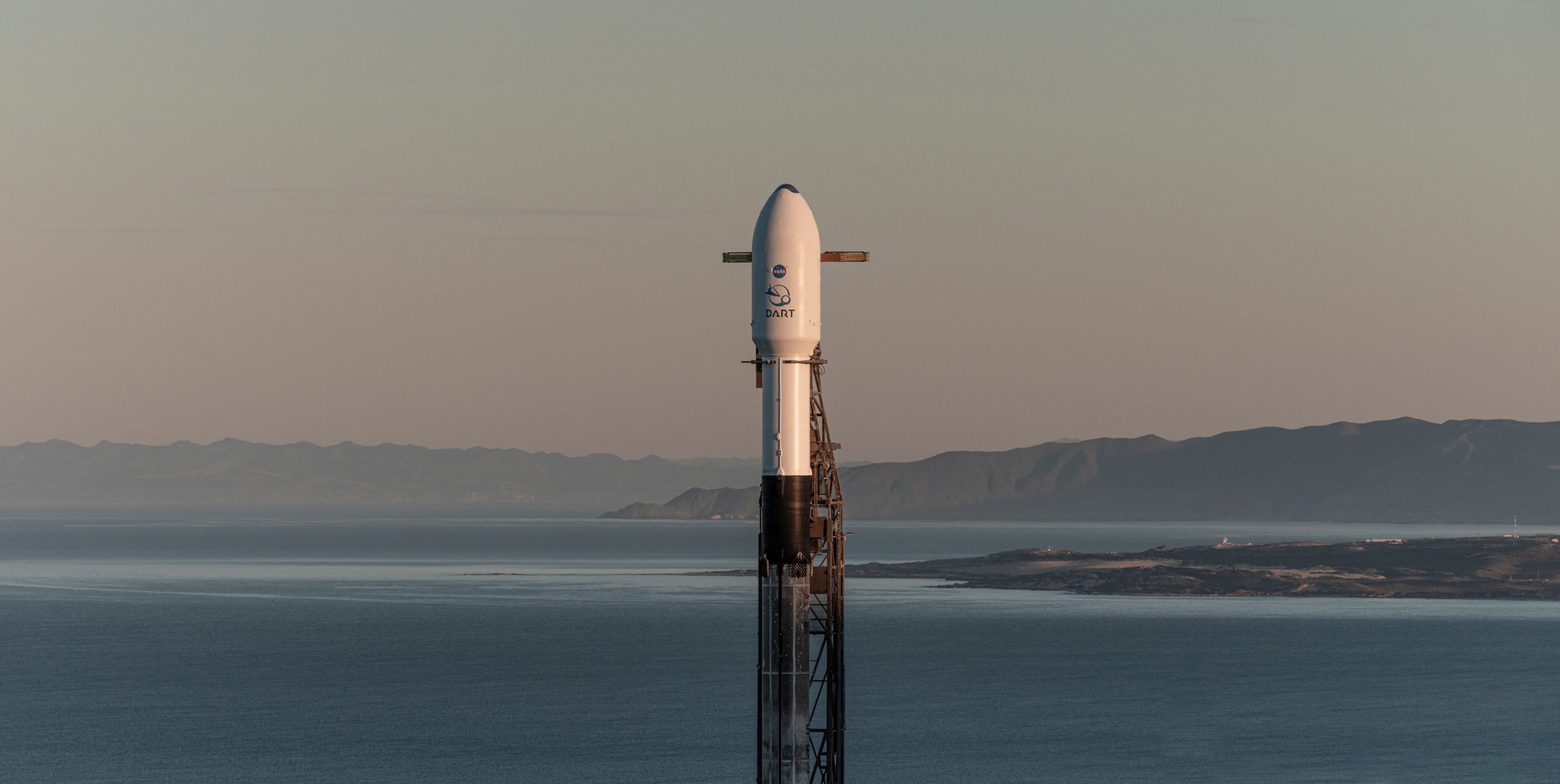NASA has successfully launched its mission of smashing a spacecraft into an asteroid in order to try and alter its path. This is the first attempt at designing a successful asteroid deflecting technology. The space probe’s crash with the asteroid should be able to alter its speed and change the path it is on.
NASA’s ExoMiner validates 301 new planets beyond solar system
NASA posted the mission’s update on their official Twitter handle and wrote, “Asteroid Dimorphos: we’re coming for you! Riding a @SpaceX Falcon 9 rocket, our #DARTMission blasted off at 1:21am EST (06:21 UTC), launching the world’s first mission to test asteroid-deflecting technology.”
SpaceX’s Falcon 9 rocket has been trusted for the mission. It is carrying the hopes of successfully conducting the DART (Double Asteroid Redirection Test) experiment. The Falcon lifted off at 10:21 PM Pacific Time on Tuesday (06:21 GMT, Wednesday) from the Vandenberg Space Force Base in California.
Sky-watchers to witness longest partial lunar eclipse after 600 years
In another update posted on SpaceX’s Twitter handle we were informed that, “Falcon 9’s first stage booster landed on the Of Course I Still Love You droneship, completing SpaceX’s 95th successful recovery of an orbital class rocket booster.”
The aim is to slightly alter the trajectory of an asteroid ‘Dimorphos’, a term which means moonlet. Dimorphos is approximately 525 feet wide (as much as two statues of Liberty) and circles a much bigger asteroid called Didymos, which is approximately 2,500 feet in diameter. The two orbit the sun together.
Explained: What is the Strategic Petroleum Reserve?
The impact is expected to take place in the fall of 2022 when the asteroid is 6.8 million miles (approximately 11 million kilometres) from Earth, the nearest point it has ever been.
If the test turns out to be successful in the first attempt, it will be celebrated worldwide for the development of a technology which might be useful in the future. The threat of an actual asteroid impact on Earth will be considered as something that can be dealt with.
The spacecraft, which weighs 1,344 pounds and is 59 feet across, will be travelling at a speed of 15,000 mph when it collides head-on with Dimorphos.







